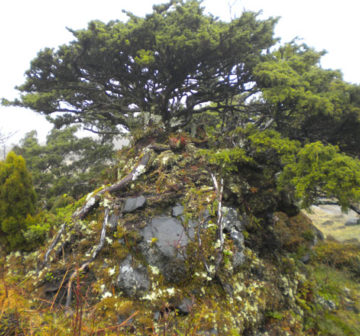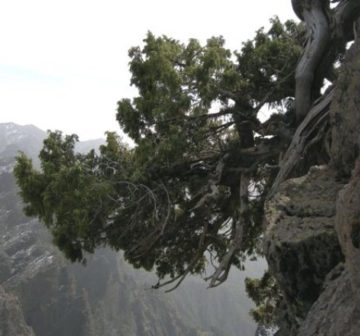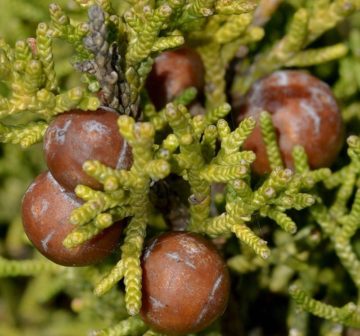Categories · Geographic Regions
Canaries, Madeira and Azores
The Canaries, Madeiran and Azores Threatened Conifer Region comprise a group of subtropical oceanic islands in the North Atlantic Ocean that forms the major part of Macaronesia. These islands are volcanic and have never had a direct land connection with the European or African continents.
Consequently, their floras are products of long distance dispersal by wind, animals and sea, hence the high levels of endemism. Conifers often form an important forest component on most of the islands, for example, Pinus canariensis, the only native pine, is endemic to four of the Canary Islands, where it forms extensive forests. Naturally occurring firest plays an important role in the ecology of the pine forests and P. canariensis is well adapted to post-fire regeneration. The only other conifer species native to Macaronesia are Taxus baccata, which is locally threatened in the Azores, and three juniper species. Juniperus brevifolia and J. cedrus are both localised and highly threatened while the third species, J. turbinata has a broad distribution through the Mediterranean Region and North Africa but is listed as Near Threatened due to urbanisation. Current threats are numerous but the most serious for conifers are fires, habitat conversion and the impact of invasive non-native species such as Cryptomeria japonica.
There are 3 taxa in the category – Canaries, Madeira and Azores:






